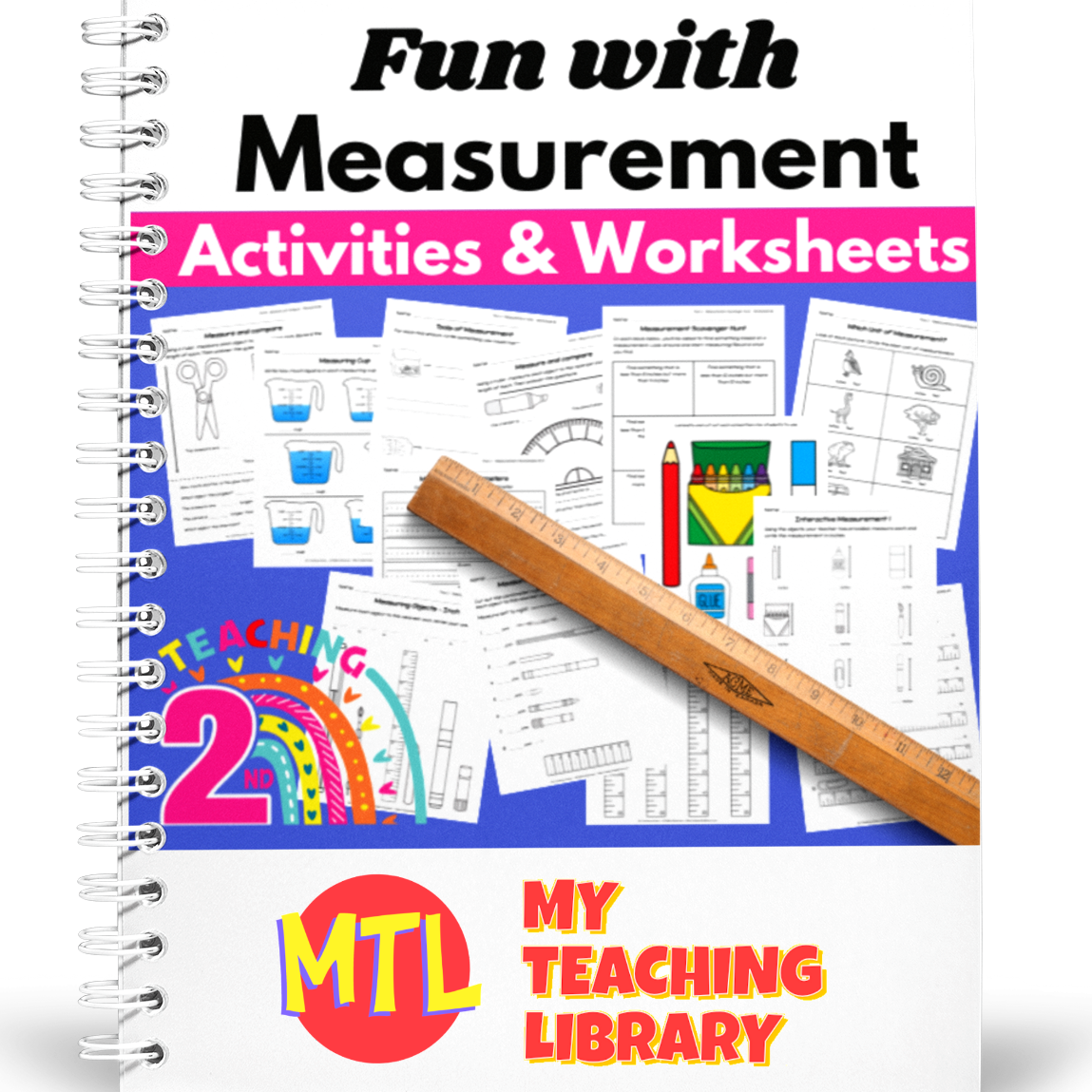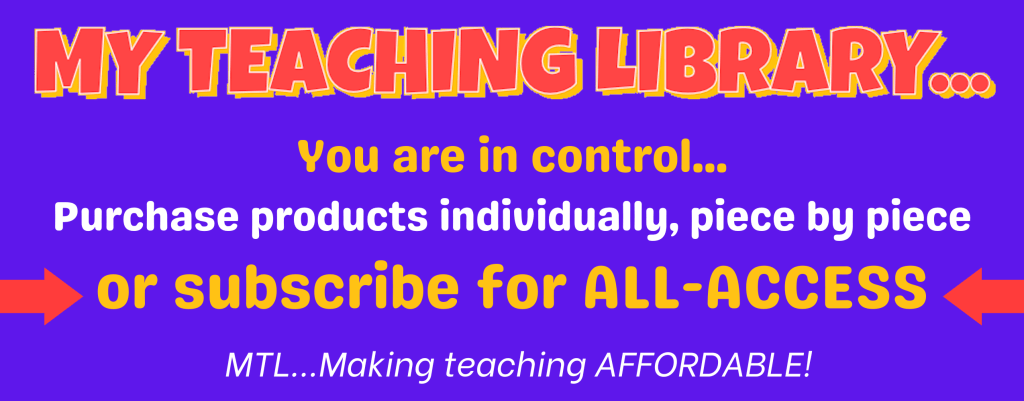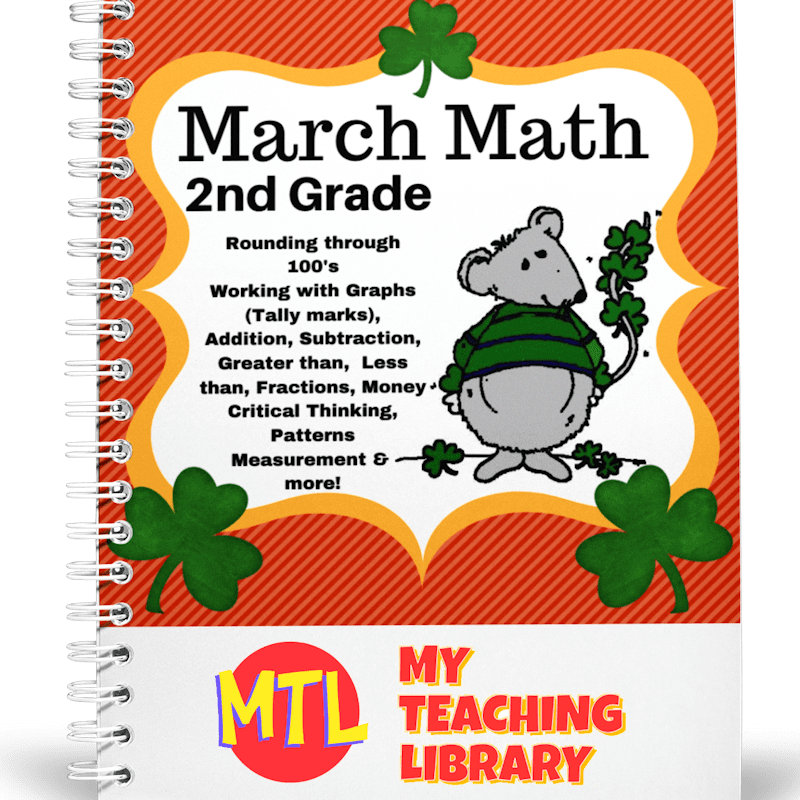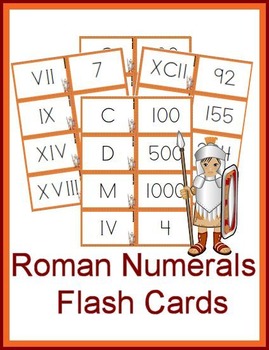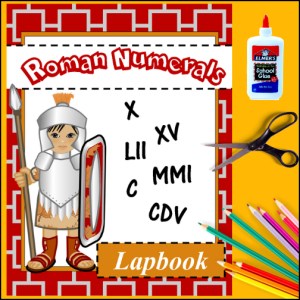Telling time is an important Math skill to learn in the 1st, 2nd and 3rd Grades. This math unit will give you everything you need to teach this skill! This resource includes:
– 5 Posters
– 84 Student Pages (See detailed description below)
– Answer Keys
In 1st grade, students should be able to tell and write time in hours and half-hours using analog and digital clocks.
In 2nd grade, students should be able to tell and write time from analog and digital clocks to the nearest five minutes, using a.m. and p.m.
By the end of 3rd grade, students should be able to tell and write time to the nearest minute and measure time intervals in minutes. They should also be able to add time correctly, for example if given a clock that shows it is 5pm and they are asked to add four hours and 16 minutes, they can do it!
This Telling Time Mega Unit created by My Teaching Library will give you and your students the tools to learn and practice all of the above skills!
Here is a detailed description of what you’ll find in the unit:
Posters
– Parts of a Clock poster
– AM & PM poster
– 5 Minute Intervals poster (displaying marked 0, 5, 10, 15….45, 50, 55 intervals)
– 15 Minute Intervals poster (displaying highlighted intervals 0, 15, 30, 45)
– 30 Minute Intervals poster (displaying highlighted intervals 0, 30)
Student Pages
AM & PM Differentiation
– 4 AM & PM student worksheets
Telling Time – Reading Analog and Digital Clocks
– 10 Hour worksheets (5 where students will draw the hands on the clock digital to analog and 5 where students will write the time displayed on the clock analog to digital)
– 10 Half Hour worksheets (30 minute interval) worksheets (5 where students will draw the hands on the clock digital to analog and 5 where students will write the time displayed on the clock analog to digital)
– 10 Quarter Hour worksheets (15 minute interval) worksheets (5 where students will draw the hands on the clock digital to analog and 5 where students will write the time displayed on the clock analog to digital)
– 10 Ten minute interval worksheets (5 where students will draw the hands on the clock digital to analog and 5 where students will write the time displayed on the clock analog to digital)
– 10 Five minute interval worksheets (5 where students will draw the hands on the clock digital to analog and 5 where students will write the time displayed on the clock analog to digital)
– 5 Five minute intervals worksheets (mixed: digital to analog and analog to digital)
– 5 One minute intervals worksheets (digital to analog)
– 5 One minute intervals worksheets (analog to digital)
– 5 One minute interval worksheets (mixed: digital to analog and analog to digital)
Time Passage – Adding Time (Word Problems)
5 – Adding time by hours worksheets
5 – Adding time by the half-hour (30 minute) worksheets
5 – Adding time by the quarter-hour (15 minute intervals) worksheets
5 – Adding time by the minute worksheets
Answer Keys for all student pages
Looking for additional Math resources? K-1st Grade / 2nd-3rd Grade
BE the FIRST to know about NEW Products by joining the…
My Teaching Library FB group
Posts are made in this group first!!

